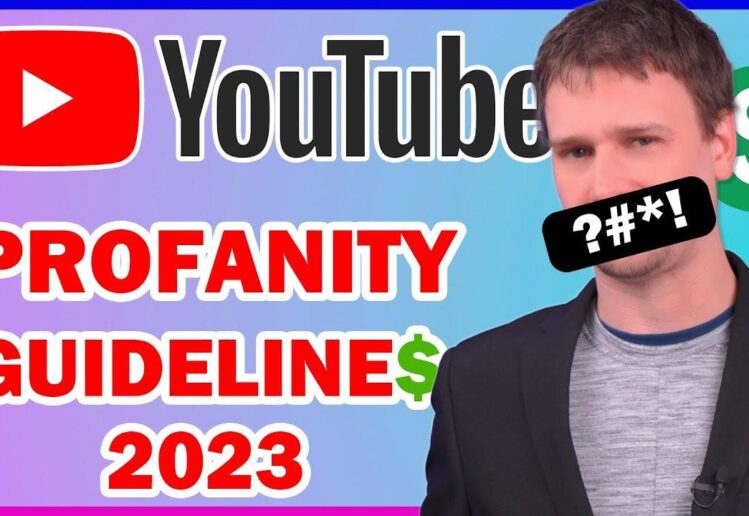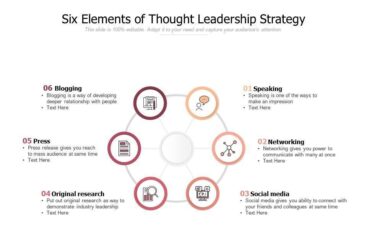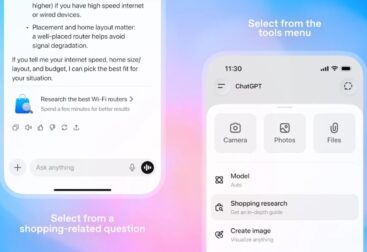The YouTube profanity policy has recently undergone significant changes, aimed at clarifying what constitutes acceptable language for creators seeking monetization. With updated ad-friendly guidelines, YouTube has carefully eased the stringent “first seven seconds” rule, allowing more creators to maintain their video content’s monetization status. This shift not only impacts how monetization is approached but also redefines video content restrictions, making it essential for creators to stay informed about the latest YouTube creator updates. As isolated mentions of profanity are less likely to trigger demonetization, creators can now invest their energy into delivering captivating content without the stress of restrictive language standards. Understanding this updated policy can empower creators and enhance their potential to connect with their audience while remaining compliant with advertising expectations.
Recently revised regulations concerning strong language on YouTube have opened up new avenues for video creators. These adjustments in profanity usage allow for increased flexibility in monetizing content, particularly regarding the first few seconds of a video. The update aims to balance the needs of advertisers with the creative freedom of YouTube users, ensuring that more creators can share their messages without the fear of financial penalties. As YouTube continues to refine its policies to improve clarity and transparency, keeping abreast of these changes is vital for anyone looking to produce ad-friendly material. By embracing this evolving landscape, content creators can optimize their videos for greater audience engagement and better monetization opportunities.
Understanding YouTube’s Updated Profanity Policy
YouTube’s updated profanity policy has sparked significant interest among creators as it redefines how strong language is handled within video content. Previously, the platform enforced strict guidelines that often led to demonetization if any strong language was used in the first seven seconds of a video. However, its latest changes indicate a more lenient approach, allowing creators to use profanity without immediate financial repercussions. This shift not only aims to encourage creative expression but also aligns with YouTube’s broader goal of enhancing monetization opportunities for its users.
The policy update specifically states that isolated mentions of sensitive words will no longer automatically trigger demonetization. Instead, the overall theme and focus of the content will guide the monetization decision. This is particularly relevant for creators addressing sensitive topics, as the emphasis on context rather than frequency allows for more nuanced discussions. YouTube’s recognition of the need for a retrospective review of previously demonetized content emphasizes their commitment to fair and equitable standards for all creators and could restore monetization status to numerous videos previously deemed unworthy.
Frequently Asked Questions
What is the YouTube profanity policy and how does it affect monetization?
The YouTube profanity policy defines how creators can use strong language in their videos while still being eligible for monetization. Recent updates have eased the restrictions regarding the use of profanity in the first seven seconds, which means that isolated instances of strong language no longer automatically trigger demonetization. Instead, the overall focus of the content is considered, allowing creators to better align with YouTube’s monetization guidelines.
Can creators still monetize videos with profanity under the new YouTube ad-friendly guidelines?
Yes, under the new YouTube ad-friendly guidelines, creators can monetize videos that contain profanity, especially if it appears later in the video. YouTube has revised its approach to previously demonetized content, re-evaluating these videos to potentially restore full monetization, provided that the overall topic does not center exclusively on sensitive subjects or graphic content.
How does YouTube handle videos with graphic content and profanity regarding video content restrictions?
Videos that contain graphic violence are still subject to restrictions under YouTube’s policies. While the profanity policy has relaxed, content showcasing explicit or highly realistic violence will likely receive limited monetization, regardless of any strong language used. This aligns with YouTube’s intent to maintain brand safety for advertisers.
What should creators do if they were previously unaware of changes to the YouTube profanity policy?
Creators who were previously affected by changes to the YouTube profanity policy should check their monetization status in YouTube Studio. If they notice notifications about their monetization status were missed, they are encouraged to reach out to YouTube support for clarification. This ensures they are aware of opportunities for full monetization under the updated guidelines.
Does YouTube plan to communicate more effectively about updates to the profanity policy?
Yes, YouTube has indicated that it will enhance communication regarding updates to its profanity policy and other monetization guidelines. The platform aims to provide clearer messages and examples to help creators understand the boundaries without listing specific forbidden words, reducing uncertainties and the potential for self-censorship.
| Key Points |
|---|
| YouTube updates its profanity policies, easing restrictions on first seven seconds of strong language. |
| Isolated mentions of sensitive language won’t trigger demonetization; overall video focus matters. |
| Graphic content still risks limited ads, with controls available for creators. |
| YouTube has re-evaluated prior demonetized videos due to strong language. |
| Clearer boundaries for sensitive topics are provided, aiming to reduce self-censorship. |
| YouTube plans to improve communication on policy changes and retrospectively review processes. |
Summary
The YouTube profanity policy has been updated to clarify how creators can use strong language in their content without jeopardizing monetization. By easing restrictions, particularly the previous rule regarding the first seven seconds of a video, YouTube allows more flexibility while ensuring brand safety. Creators are encouraged to check their monetization status and utilize available ad-blocking controls in Studio. These changes aim to foster creativity and communication, relieving fears of unexpected demonetization from the use of profanity.











